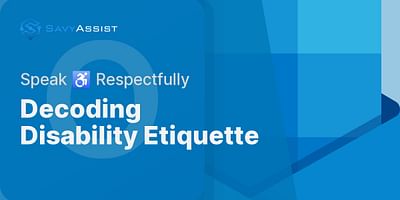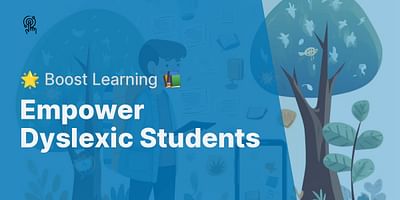Alessandra is a proficient software developer with a burning passion for creating user-friendly technology specifically designed for individuals with disabilities. She possesses extensive experience working on projects that utilize machine learning to enhance accessibility. Alessandra continually seeks innovative approaches to make technology a more inclusive space.
Hey there! When it comes to web accessibility, there are some important guidelines that web designers should follow to ensure that their websites are inclusive and accessible to all users. Here are some common web accessibility guidelines that you should keep in mind:
1. Provide alternative text for images: Including descriptive alternative text for images allows users with visual impairments to understand the content of the image through screen readers. Make sure to use concise and meaningful descriptions that accurately convey the purpose or content of the image.
2. Use proper heading structure: Headings help users navigate through the content of a webpage. Use heading tags (h1, h2, h3, etc.) in a hierarchical order to structure your content. This allows screen readers to understand the organization of the page and helps users quickly find the information they need.
3. Ensure keyboard accessibility: Many users with disabilities rely on keyboard navigation instead of a mouse. Make sure that all interactive elements, such as links, buttons, and form fields, can be accessed and operated using only the keyboard. This includes providing visible focus indicators and ensuring a logical tab order.
4. Provide captions and transcripts for multimedia: Videos and audio content should be accompanied by captions or transcripts. This benefits users who are deaf or hard of hearing, as well as those who prefer to consume content in a different language or in a quiet environment. Captions and transcripts should accurately represent the spoken content and include relevant non-speech information.
5. Use color with caution: Color should not be the sole means of conveying information or indicating an action. Ensure that there is sufficient contrast between text and background colors to make it readable for users with low vision. Additionally, provide text alternatives or other visual cues for users who are color blind.
6. Make forms accessible: Forms should be designed in a way that is easy to understand and complete for all users. Use clear labels, provide instructions, and ensure that error messages are descriptive and easy to identify. Consider using autocomplete and validation features to assist users in completing forms accurately.
7. Test with assistive technologies: It's crucial to test your website with assistive technologies, such as screen readers and keyboard-only navigation, to ensure that it is accessible to users with disabilities. This will help you identify any barriers or issues that need to be addressed.
Remember, web accessibility is not just about compliance, but about creating an inclusive and user-friendly experience for all users. By following these guidelines, you can make your website more accessible and ensure that everyone can access and interact with your content.















